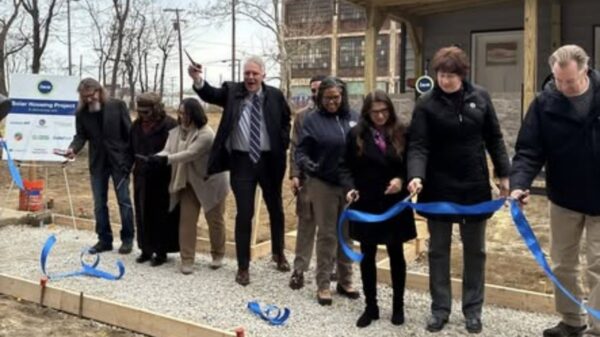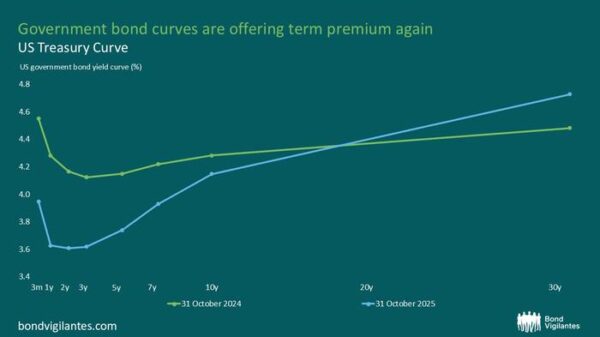California Governor Gavin Newsom embarked on a weeklong trip to Brazil to attend a United Nations climate conference, aiming to elevate his political profile ahead of a potential presidential run. The visit highlights Newsom’s ambitions to position himself as a counterpoint to Donald Trump, particularly in climate policy. During the trip, Newsom announced partnerships with South American nations, including Brazil, Chile, and Nigeria, focusing on climate action and sustainability.
While the governor’s rhetoric emphasizes California’s leadership in global climate initiatives, the practical outcomes of his agreements are less clear. Newsom’s office described his actions as “historic climate action,” but critics point out that the signed documents primarily consist of voluntary agreements and nonbinding memorandums of understanding. For instance, he signed a memorandum with Chile aimed at improving information exchanges related to methane production and a declaration with Brazil concerning biodiversity. A deal with Nigeria focused on promoting “sustainable urban transportation,” yet specifics remain vague.
Analysis by Politico underscores a significant limitation in Newsom’s role as governor: he lacks the authority to sign formal treaties with other countries. This reality raises questions about the effectiveness of his international engagements. Critics argue that the partnerships may not lead to substantial policy changes, pointing out that the agreements lack enforceable commitments.
The trip has garnered attention not only for its international scope but also for the contrast it creates with the challenges facing Californians at home. A White House spokesperson criticized Newsom’s journey, stating he was “flying all the way to Brazil to tout the Green New Scam” while residents are grappling with some of the highest energy prices in the nation. This critique highlights the growing discontent among Californians regarding the state’s climate policies, which many believe are imposing significant financial burdens without delivering tangible benefits.
California’s energy landscape reflects this tension. The state currently faces the highest gasoline prices in the United States, attributed in part to climate policies that restrict fuel formulations and limit imports from other states. Electricity rates are also among the highest, and the power grid is under increasing strain, particularly with the rise of data centers associated with artificial intelligence.
According to a recent study from the Pacific Research Institute, California households will incur substantial costs, estimated between $17,398 and $20,182 per household, for the transition to alternative energy sources between 2025 and 2050. The state’s climate initiatives also carry a hefty taxpayer burden, with projected costs nearing $50 billion. Additionally, the oil refining industry is facing challenges, as companies are hesitant to invest in new capacity amidst California’s policy direction aimed at phasing out fossil fuels.
Despite Newsom’s attempts to frame California’s climate agenda positively on the national stage, the high costs and the impact on residents could pose significant challenges. As public focus shifts toward the financial implications of these policies, it may become increasingly difficult for Newsom to persuade a broader audience of the merits of California’s climate strategy.







































































